
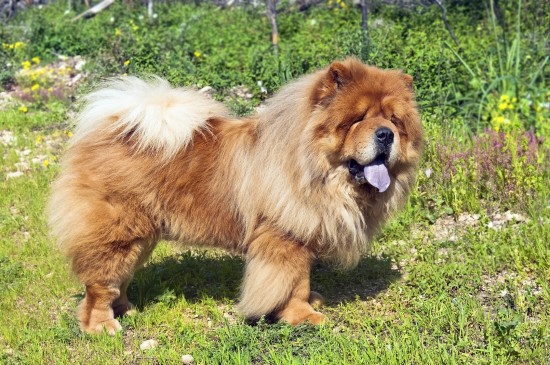
The rather mathematical sounding term “coefficient of inbreeding” or COI, is the term for an equation or formula used to determine how many common ancestors any two given dogs have, and how similar they are on a genetic level. This is an important tool for dog breeders, as it helps them to make decisions on whether or not to breed any two given dogs, and gives them an idea of the potential results too.
When two dogs are genetically similar (as in, closely related) this comes accompanied with both good and bad factors. Genetic similarity is what makes any given pedigree breed the breed that it is, for instance; dogs of the same breed should all share some common traits, and this means genetic similarities, and close relations. However, if two dogs are very closely related or too genetically similar, this can introduce some undesirable traits into the gene pool too, such as genetic and hereditary health problems, which are strengthened via such selective inbreeding.
Around 20,000 or more genes are present in any given dog, and many of these or fixed, which means that all dogs of the same breed will have two copies of the same gene; one that they inherit from their sire, and one from their dam. Some other genes are not fixed, such as the genes for colour in breeds where more than one colour is possible; for instance, within the Labrador retriever breed, yellow, chocolate and black colours can be found, and this is a good example of such.
Genes come in pairs, and each pair of genes is called an allele. If the two genes in the pair are identical, they are called “homozygous.” If the pair are not identical, they are called heterozygous.
When breeding dogs, the more pairs of genes that are homozygous, the less diversity that there is present. The more heterozygous genes, the more diversity there will be. Genetic diversity is a good thing, and important for health and wellness, but some level of “sameness” is important in pedigree dog breeds too, to retain the bloodline of the pedigree breed.
The coefficient of inbreeding (COI) is the statistical equation of how similar on a genetic level the puppies produced from any given crossing will be. This is given as a percentage figure for the known crossing.
For instance, if you took two totally unrelated dogs of the same breed and crossed them, then allowed two of their offspring to mate (so a brother/sister mating) the COI of the resulting puppies would statistically be 25%, or in simpler terms, there is a 25% chance that any given allele of each pup will carry identical genes, due to the common ancestors of the puppies’ two parent dogs. This figure occurs on top of the natural levels of sameness that would be present anyway within dogs of the same breed.
Some of the most common deliberate inbreeding crosses within pedigree dogs, and their COI statists are listed here:
It is important to note that the COI equation is a statistical equation, which means that it provides the average figure and not a direct reflection of the reality for any given dog. In practice, there can be some degree of variance in the % levels for any given dog, but the statistical figures are generally considered to be accurate enough and insightful enough to prove sufficient!
As well as looking at the immediate ancestors of any given dog, COI’s track the known ancestry of the dog in question as far back as five, ten, or even more generations. Within certain pedigree dog breeds with relatively small gene pools, and in new and formative breeds, dogs of the breed tend to be in high demand, and this means that in ancestral matings, the same few names can crop up time and time again within the family tree of any given dog.
While this helps to fix certain desirable breed-specific traits into the breed line, it can also of course introduce problems as well.
As mentioned, there is something of a balancing act when it comes to canine genetics, in terms of fixing the uniform desirable traits that make up the breed within its breed lines, without introducing genetic anomalies and hereditary health defects into the breed at the same time.
Inbreeding is something that every dog breed in the world has been subjected to at some point in its history, and within some smaller and newer breeds, this is still necessary in terms of establishing the breed. However, even if inbreeding is carefully managed to avoid the fixing of problems and defects, it nevertheless causes various other subtle problems over time too.
Inbred dogs tend to have smaller litters, which in turn tend to be less robust and hardy and more likely to suffer from early illnesses. Fertility problems and immune problems often accompany inbreeding too.
A COI of higher than 6.25% is generally considered to be undesirable as a norm within established pedigree dog breeds, as above this level, subtle problems begin to enter the gene pool. While inbreeding is not always avoidable when establishing or developing a breed, dogs with a COI of 25% tend to live markedly shorter lives and in poorer health than more genetically robust dogs.
It is of course always important to note that COI is a statistical analysis, and not a direct assessment on a genetic level of each individual dog. Having a very low figure of COI by no means guarantees good health, and a high COI does not guarantee that the dog will be sickly; however, all potential breeders and dog owners should consider the odds, and the welfare of their dogs carefully before making the decision to breed dogs with a high COI.
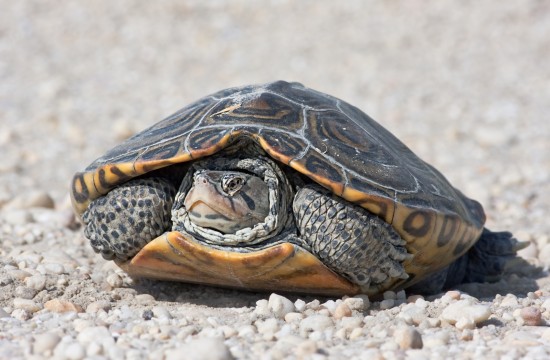 Diamondback Terrapins As Pets
Diamondback Terra
Diamondback Terrapins As Pets
Diamondback Terra
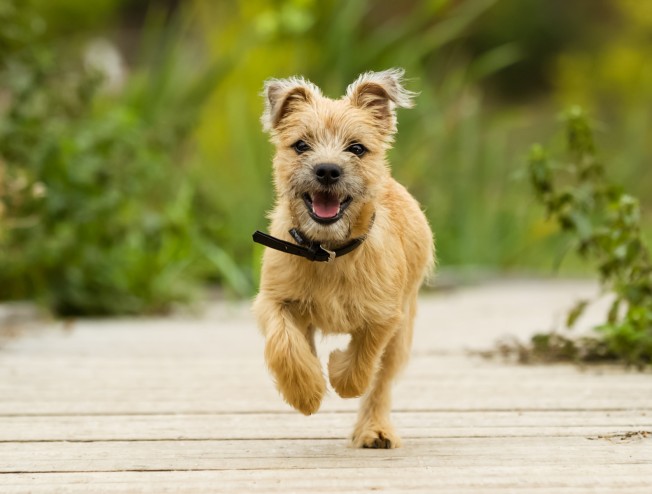 Why It Is Important Not To Over-exercise Puppies
Why It Is Importa
Why It Is Important Not To Over-exercise Puppies
Why It Is Importa
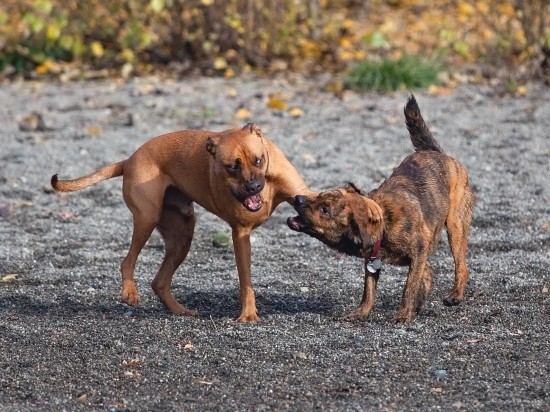 Managing And Curbing A Dog That Bullies Other Dogs
Managing And Curb
Managing And Curbing A Dog That Bullies Other Dogs
Managing And Curb
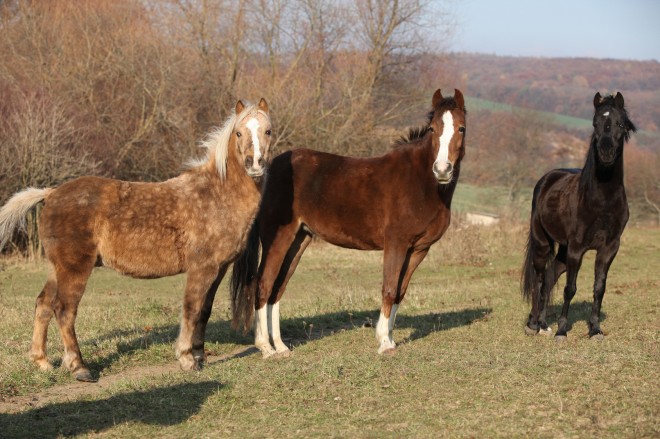 Understanding The Pecking Order Of Horses
Understanding The
Understanding The Pecking Order Of Horses
Understanding The
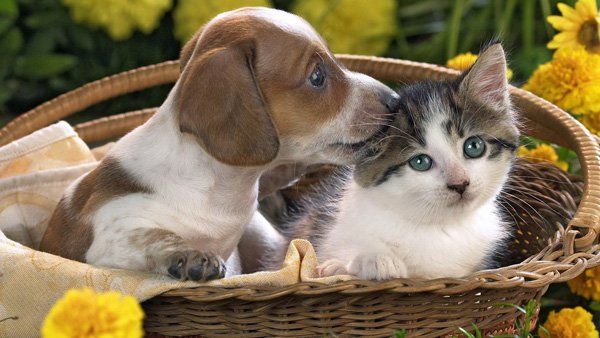 Facts About Pet Vaccinations You Need To Know
Facts About Pet Vaccinations You Need To Know
Facts About Pet Vaccinations You Need To Know
Facts About Pet Vaccinations You Need To Know
Copyright © 2005-2016 Pet Information All Rights Reserved
Contact us: www162date@outlook.com